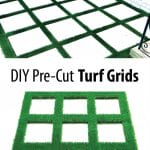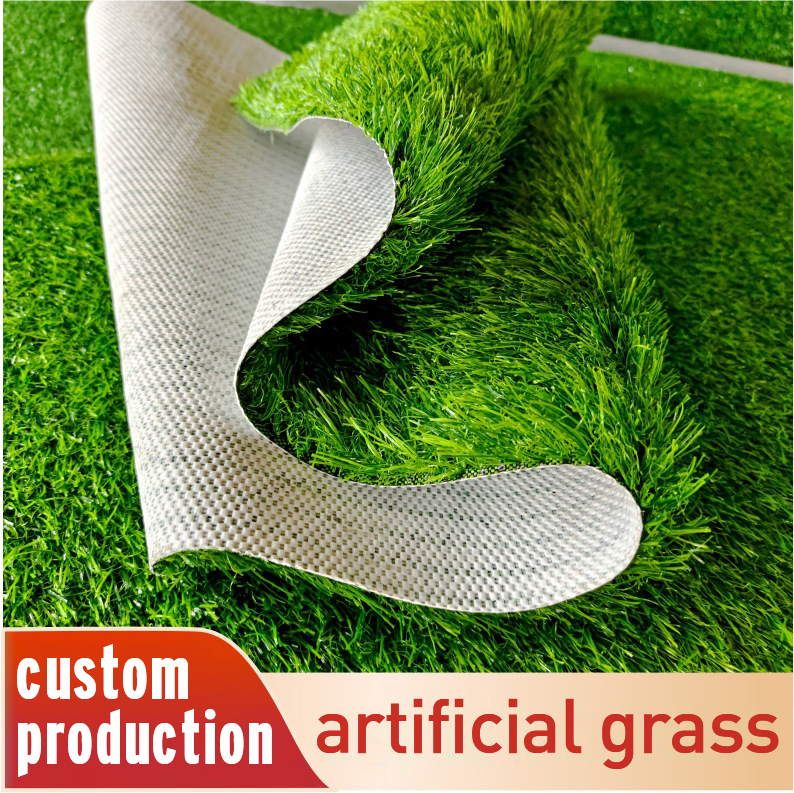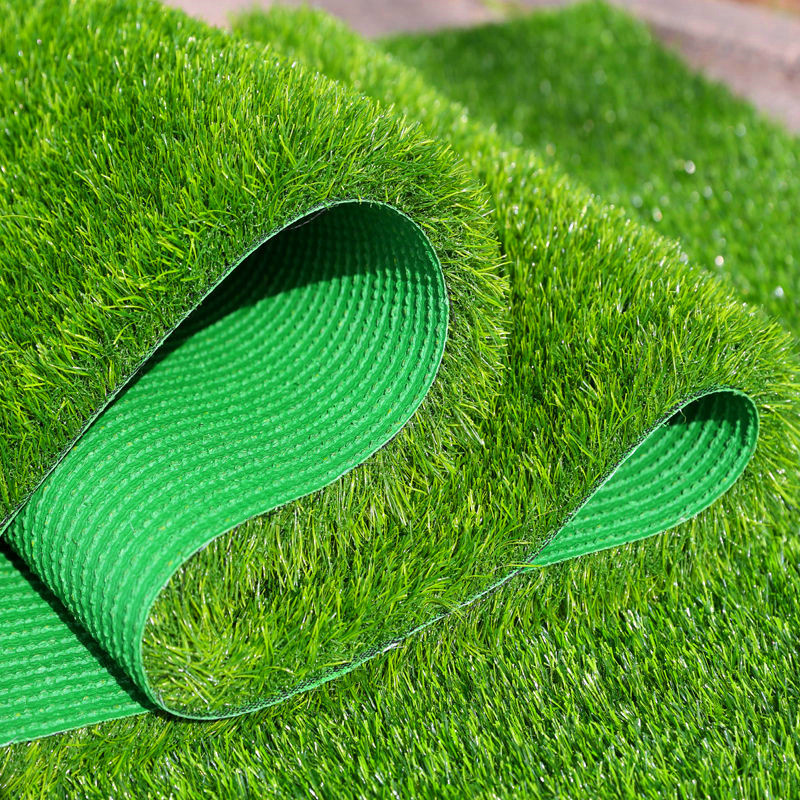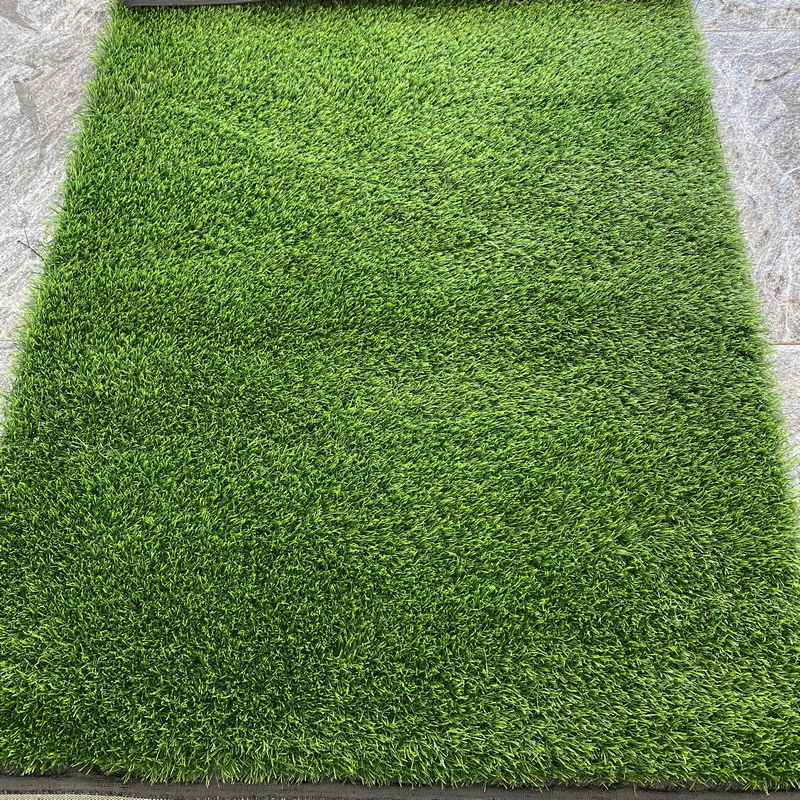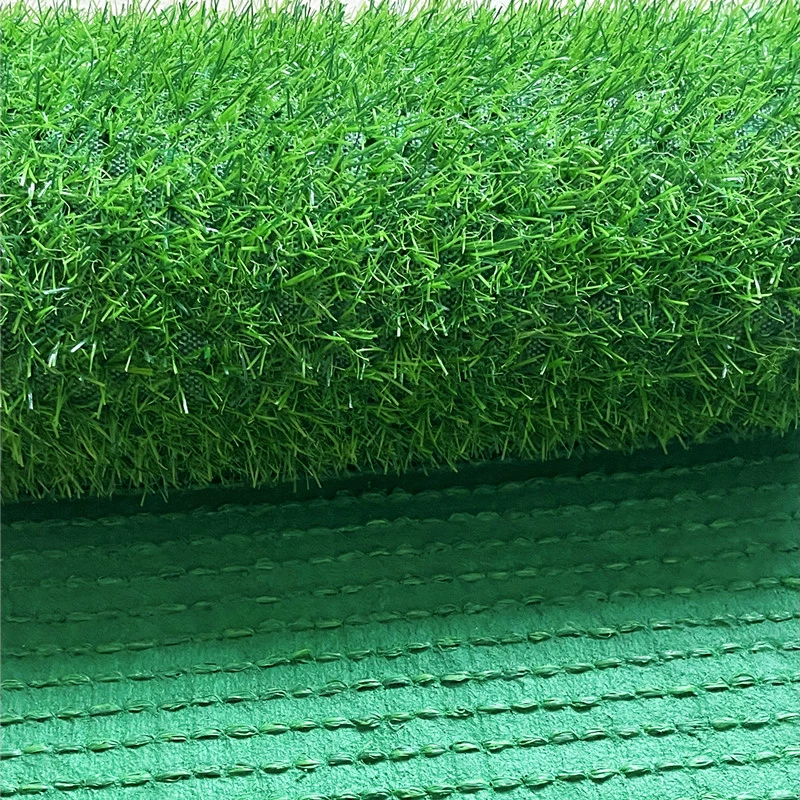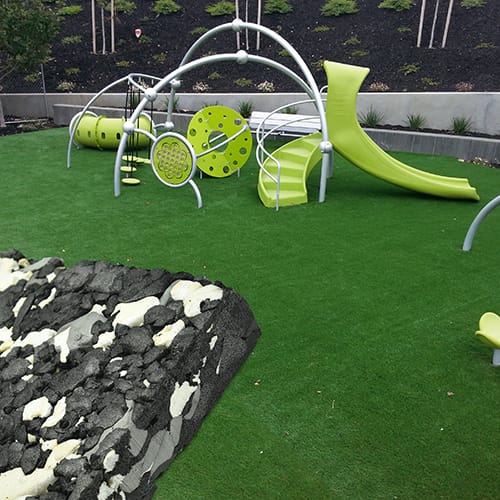
Padding for artificial turf on concrete is a layer of material that is placed between the concrete and the artificial turf. It serves a few purposes:
- Protects the concrete from damage: Artificial turf can be heavy, and if it is not properly installed, it can damage the concrete underneath. Padding helps to protect the concrete from this damage.
- Provides a cushion: Padding makes the artificial turf softer and more comfortable to walk on. This is especially important for high-traffic areas, such as playgrounds and sports fields.
- Improves drainage: Padding helps to improve drainage by allowing water to flow through it and into the concrete underneath. This helps to prevent the artificial turf from becoming waterlogged and muddy.
There are a variety of different types of padding available for artificial turf on concrete. Some of the most common types include:
- Foam padding: Foam padding is a popular option because it is soft, durable, and affordable. It is also easy to install.
- Rubber padding: Rubber padding is another popular option. It is more expensive than foam padding, but it is also more durable. Rubber padding is also a good choice for high-traffic areas.
- Recycled tire crumb padding: Recycled tire crumb padding is a sustainable option that is made from recycled tires. It is a good choice for homeowners who are looking for an environmentally friendly option.
When choosing padding for artificial turf on concrete, it is important to consider the following factors:
- Thickness: The thickness of the padding will affect its durability and its ability to protect the concrete and provide a cushion. For most applications, a thickness of 1/4 inch to 1/2 inch is sufficient.
- Density: The density of the padding will also affect its durability and its ability to protect the concrete and provide a cushion. For most applications, a density of 1.5 pounds per cubic foot or higher is sufficient.
- Drainage: The type of padding you choose will also affect its drainage capabilities. If you are concerned about drainage, choose a padding that is designed to allow water to flow through it.
Once you have chosen a padding, you can install it by following these steps:
- Prepare the area: Remove any weeds or debris from the area where you will be installing the padding. The concrete should be level and smooth.
- Lay out the padding: Lay out the padding in the desired pattern.
- Secure the padding: Secure the padding to the concrete using nails or staples.
- Install the artificial turf: Install the artificial turf over the padding.
By following these steps, you can properly install padding for artificial turf on concrete. This will help to protect the concrete, provide a cushion, and improve drainage.


